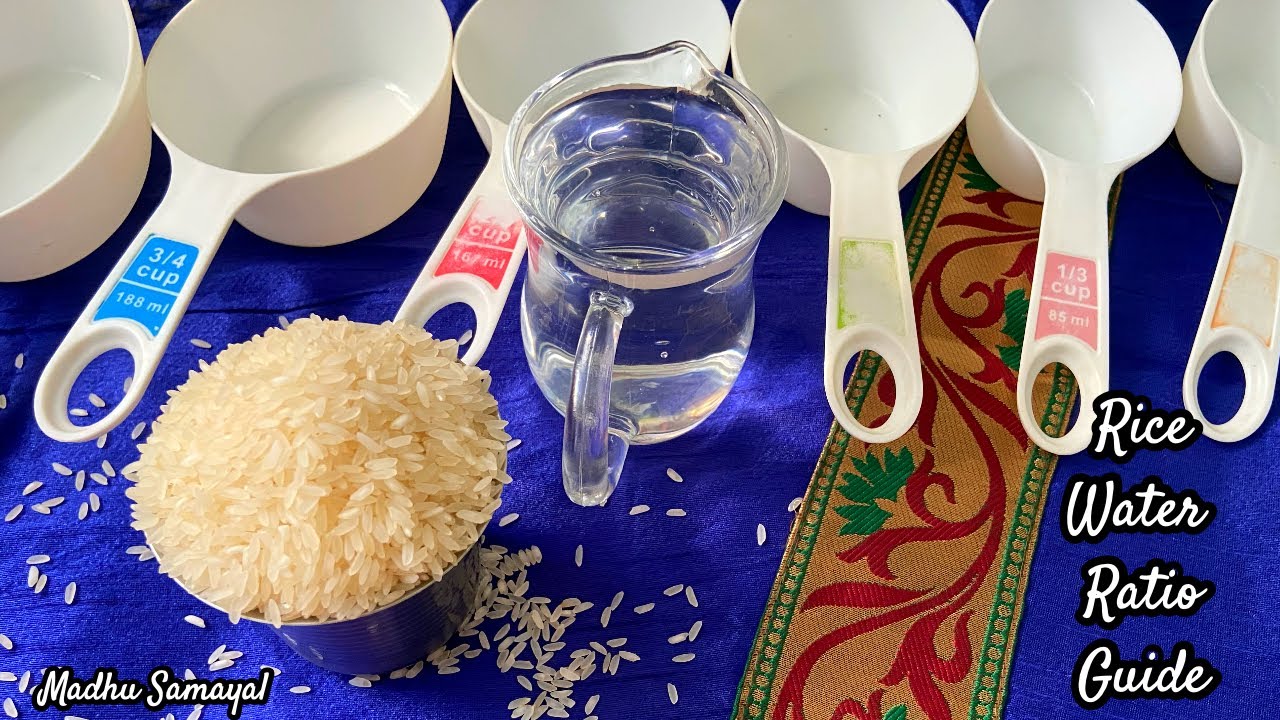Rice Proportions for Rice Cooker: A Guide to Perfectly Cooked Rice
Cooking rice can be a simple and convenient process, thanks to the rice cooker. However, achieving perfectly cooked rice requires the right rice-to-water proportions. If you've ever wondered about the ideal ratios for different types of rice in a rice cooker, this article is here to help. In this comprehensive guide, we will explore the importance of rice proportions, provide specific measurements for various types of rice, and share valuable tips to ensure consistently fluffy and delicious rice every time you use your rice cooker.

Rice water ratio for cooker rice in microware
I. Understanding Rice-to-Water Proportions
1. The Significance of Rice-to-Water Ratio: Explain why getting the right rice-to-water proportions is crucial for achieving perfectly cooked rice. Discuss how variations can affect the texture and consistency of the final result.
2. Factors Influencing Rice Proportions: Highlight the factors that may affect the rice proportions, such as the type of rice, desired texture (sticky or fluffy), and personal preference.
II. Rice Proportions for Different Types of Rice
1. Jasmine Rice: Provide the recommended rice-to-water ratio for cooking jasmine rice in a rice cooker, considering the desired fluffiness and texture.
2. Basmati Rice: Discuss the specific rice-to-water ratio for cooking basmati rice in a rice cooker, emphasizing the importance of preserving the distinct long-grain texture.
3. Short-Grain Rice: Explain the ideal rice proportions for cooking short-grain rice, which is commonly used in dishes like sushi and risotto, to achieve the desired sticky and moist consistency.
4. Brown Rice: Discuss the adjusted rice-to-water ratio for cooking brown rice in a rice cooker, considering its higher fiber content and longer cooking time compared to white rice.
III. Tips for Perfectly Cooked Rice
1. Measuring Rice and Water: Provide tips for accurately measuring rice and water to maintain the appropriate rice proportions. Discuss the use of measuring cups or the finger method for consistent results.
2. Washing Rice: Explain the importance of washing rice before cooking and how it contributes to the final texture. Share best practices for rinsing rice to remove excess starch.
3. Soaking Rice: Discuss the option of soaking certain types of rice, such as basmati or brown rice, to improve texture and shorten cooking time. Provide guidelines for the soaking process.
4. Adjusting Water Levels: Address the potential need for adjustments in water levels based on personal preference and the desired texture of the cooked rice.
5. Resting Period: Highlight the significance of allowing the cooked rice to rest for a few minutes before serving, which helps to evenly distribute moisture and enhance the final texture.
IV. Troubleshooting Common Rice Cooking Issues
1. Sticky Rice: Offer solutions for rice that turns out excessively sticky or clumpy, including adjusting the rice-to-water ratio and incorporating additional rinsing steps.
2. Dry or Undercooked Rice: Provide tips for addressing rice that is dry or undercooked, such as adding a small amount of water and allowing extra cooking time.
3. Overcooked Rice: Suggest remedies for overcooked rice, such as incorporating a little more water and allowing the rice to steam off the heat.

Rice water ratio for cooker rice method
Achieving perfectly cooked rice in a rice cooker is all about understanding the right rice proportions. By following the recommended ratios for different types of rice and implementing the provided tips, you can consistently enjoy fluffy and delicious rice that complements a wide range of meals. So, elevate your rice cooking game with proper rice proportions and savor the satisfaction of perfectly cooked rice every time.